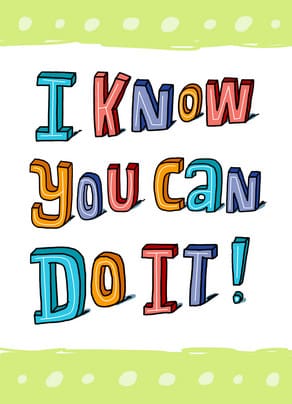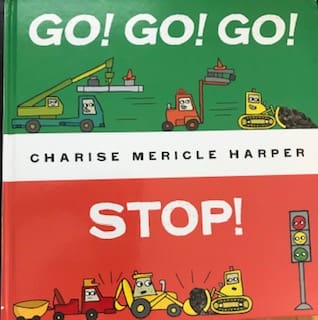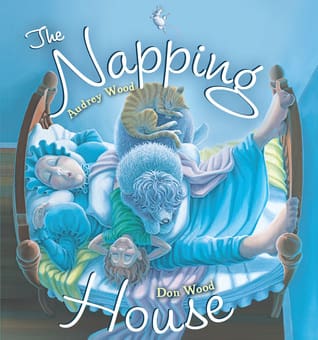It is often harder to get children to clean up at home than it is in a group setting such as playgroup or school. The routines at home are more variable, and whatever they are leaving play time to do is usually not as exciting as circle or the playground.
So cleaning up at home can be more challenging than in a group setting. But you can use some of the routines your child learns in playgroup or at school to help you at home. Try to build some routines into clean up time, such as singing the clean up song and giving your child 5 minute warnings (and have them be as consistently close to 5 actual minutes as possible so they mean something). You can get a sand egg timer and tell your child that when the sand is all gone, it will be time to clean up. This is a great visual, especially for children who cannot read numbers yet. You can also use a timer on your phone or on the microwave, and tell your child that when it beeps, it will be time to clean up. Children who recognize numbers can see the time counting down.

Whenever possible, leave enough time for your child to clean up (building in time for repeating yourself and some whining from her) so that you're not stressed about getting out the door and so end up doing it all yourself because he is taking too long.
When you can, it also helps if you get involved in the clean up. If there are a lot of toys out, ask him, "What will you clean up, the blocks or the trains?" Then you can clean up one of the options he doesn’t choose. Thinking about cleaning everything up can be daunting, and your child may shut down and refuse to clean anything up. This makes it more manageable. And remember, it's the effort that counts, not whether he puts everything exactly where it belongs.
Organization and editing can also help. With toddlers, try to have a few big bins where everything can go. If she throws heavy blocks on top of her stuffed toys, but she’s cleaning up, you can count it as a success. While an older child can understand that the more he takes out, the more he will have to put away, a toddler cannot yet. But you can! So limit the number of toys that are available, knowing that your toddler will probably dump them all on the floor and not be able to put them all away. You can also decide, depending on your child’s age and temperament, to have her clean up one activity before moving to the next (not usually possible for toddlers), or clean up everything at once. If your child is having trouble putting everything away, no matter her age, limit the toys that are available. Once she can clean that up, you can add more toys to her play area.

Don’t give up! Your child may refuse to clean up one day, but if you keep trying, he will eventually get it. He may only put away one puzzle the next day, but that’s progress. If he learns that when he throws a tantrum, you will clean up and he won’t have to, you’re going to keep getting tantrums—and a sore back from bending over to pick up all his toys.














